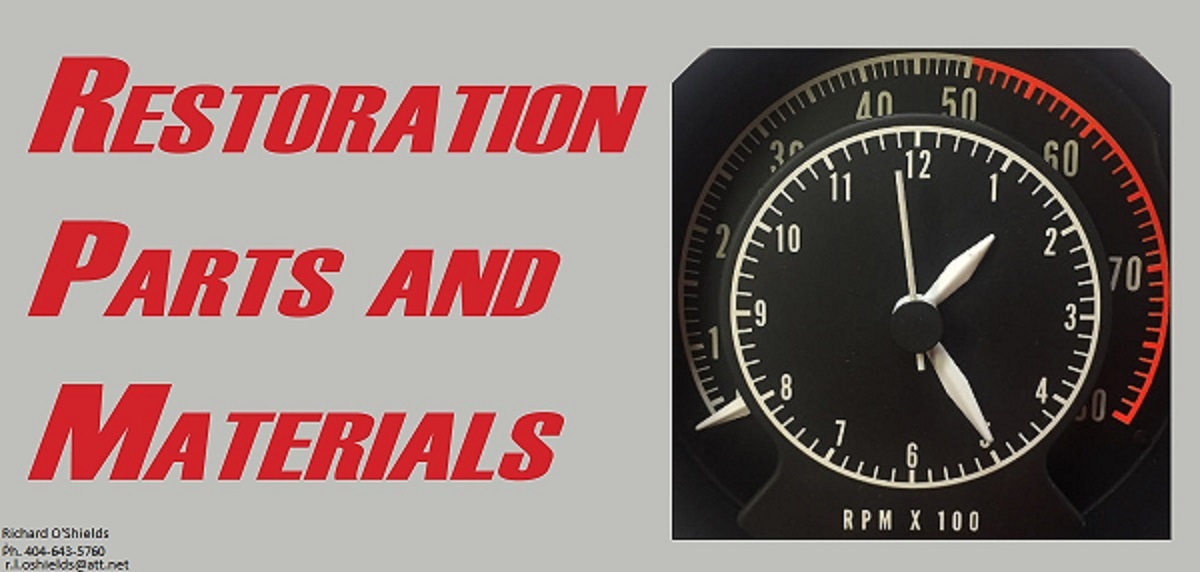They’ve mostly been the same since it was rebuilt. They have never completely failed but they have come dangerously close to feeling like they would. Like for example, when I’m coming to a slow stop and I have to press the pedal halfway (which is the only way to get the brake to grab) the car will stop, but if I ease the car forward to stop it again, I’ll have a harder time being able to brake it, and at that point, the pedal does its sinking and I have to wait or manually pull the pedal up with my foot to press it back down halfway again (in order to stop). It will not stop if you just press your foot down to the floor. You have to press halfway. This is why I’ve kept it indoors for the last month or so. Didn’t want to drive it until I could fix that problem.
Before we had gotten it fixed I didn’t notice any major issues with the braking. It had always been slow in responsiveness but it’s hard to remember if it differed significantly. The car’s brake system had apparently been redone before when it was bought under that 2015 auction. As the listing said the imp at the time “Has no brakes”
Some easy things to check:
1- Watch your fluid levels, if you seem to be losing fluid in one side of the M/C... there's a leak somewhere.
2- engine off, press the pedal a couple of full strokes and hold it firmly... if it sinks away... there's a leak.
3- never pump the pedal with the cover off the M/C, but if right after, you find a small pool of bubbles that wasn't there a minute ago... you have a leak that is sucking air.
4-engine running, car sitting still, if you pump the pedal a couple of full strokes and it is noticeably higher the second pump... you may have air in the system. Careful, if you do this while the car has been rolling, you can get a the same feedback from loose wheel bearings or disc thickness variation. If it doesn't happen while sitting, but does happen while driving... this could be related to the low pedal complaint, do not let the local yahoo cut the rear rotors without talking to me first.
Some further information...
1- hard to do a good inspection without shop equipment, but fluid leaks do tend to show on the floor eventually... always inspect puddles in your regular parking space, brake fluid feels slick, but may look like water. It's a poison so clean it right away.
2- if fluid is lost, and the leak isn't obvious, unbolt the M/C from the booster and pull it forward... then you can inspect for fluid leaking into the booster from a failed M/C rear seal. In my experience, it would take a sizable leak to catch this in the vacuum hose, but worth a minute of your time to check. This leak can contribute to the booster diaphragm failing later on, water is the only acceptable cleaning agent for conventional brake fluid. There is a leak without fluid loss, if the M/C seals are allowing fluid to bypass between the front and rear chambers... sometimes, but not always, you'll observe that after repeated pumping one side seems a little fuller.
3- air leaks suck, literally. They may not cause enough fluid loss to be easy to find, but just a little air makes your brakes almost useless. A poorly made or seated brake line can be the cause (Look at newer work carefully), same with a deformed or poorly tightened bleeder screw (cheap calipers can be more problem than cure). The toughest one I ever had, leaked from a caliper piston seal... it sucked air great, but only pushed a small amount of fluid into the caliper boot... I tracked it down by which corner was getting air, and then disassembly. Rotten scaly brake lines can do this too. If they look bad (heavy scale rust), they may as well be part of the repair.
4- other than air into the system, if "disc brake knock back" is occurring, thickness variations in one or more rotors is a common cause. Wheel bearings are checked for excessive play (another cause), then the rotors can be machined properly with an "on car brake lathe". "lot rot" or sitting too long without use, is a common cause of thickness variation... which may or may not be noticed as a pedal pulsation and will eventually lead to a "warped" rotor.
Front rotors are no big deal, they can be purchased anywhere. Rear rotors for a Formal Imperial are a big deal. They don't exist as a new part, and haven't for decades. NOS and used may not be without issues of their own. The "on car brake lathe" has become a fairly common tool, and many shops have one. This tool will true the rotor to the spindle/axle it actually rides on, not the shaft of a standard bench top lathe. The "on car lathe" used by a conscientious professional, can make the best cut while removing the least material possible. This is critical if you ever even think about machining these extremely rare rotors. Plan "b" is to convert your factory rear discs to another system, like Formal drum brakes... an easy enough option, but a crying shame to do that to your car.
#5- I haven't addressed friction material, because you can't do much more than replace it at this point. Unless you have receipts from the prior owner and you are positive those are the parts used on your car. Cheap, junk pads are worthless... they often stop like crap and can have persistent fade issues. Find a vendor for original quality brake pads for the rears
@mobileparts had some I think. For the fronts, find semi metallic (no longer produced) NOT the newer ceramic formulas... who cares if they wear rotors you can buy easily. Pads and rotors should always be brand name items... meaning Wagner, Napa, etc. Cheap ones are too likely to create more trouble to be worth fooling with.
#6- This shouldn't be an afterthought, but I didn't include it earlier because I wasn't expecting you to have the car disassembled on a lift... always look for rust on rotor surfaces during an inspection. If the surface has rust, that pad is not applying for some reason. The same inspection will also show discoloration, which may indicate a pad not releasing. The calipers on your Formal are simple ones, the number of techs who've seen them before is dwindling... some problems are as simple as the last guy didn't understand where to apply lube and parts aren't moving like they should.

















